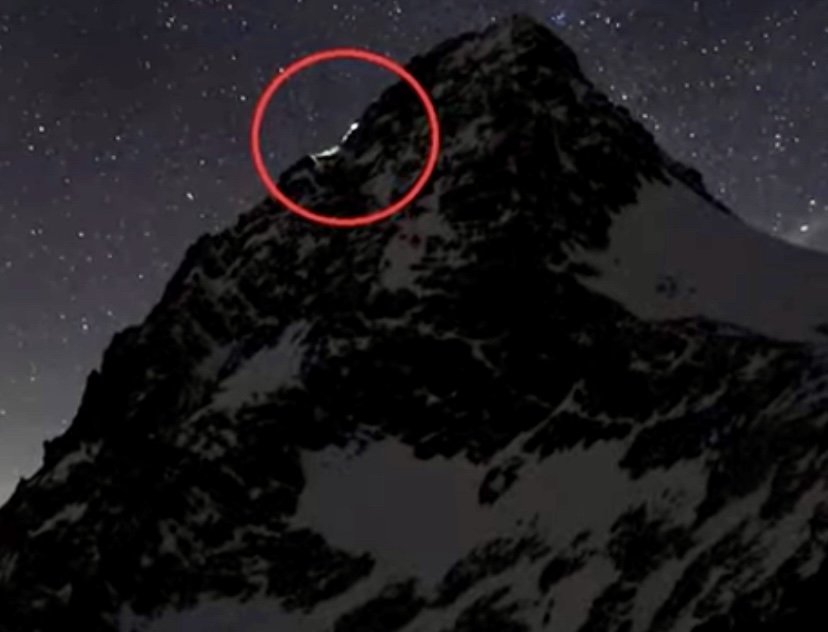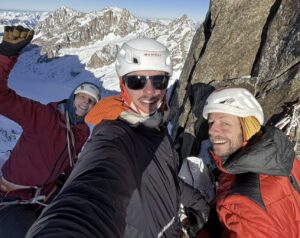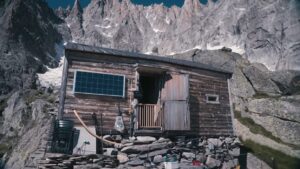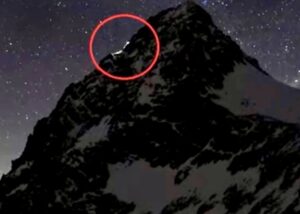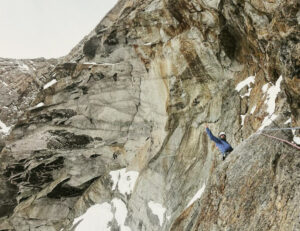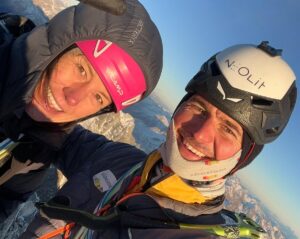Last weekend, a climb ended in tragedy on 3,798m Grossglockner, Austria’s highest mountain.
A 33-year-old woman and her 36-year-old boyfriend aimed to reach Grossglockner’s summit by the technically difficult Studlgrat Ridge. But late at night and only 50m below the summit in a harsh wind, the woman collapsed. Completely exhausted and unable to continue, she asked her partner to find help.
By the time rescuers reached the woman, she had already frozen to death.
Now, further details have emerged, and the Austrian prosecutor’s office has opened an investigation to see if the deceased woman’s partner was responsible for her death (a case of involuntary manslaughter).
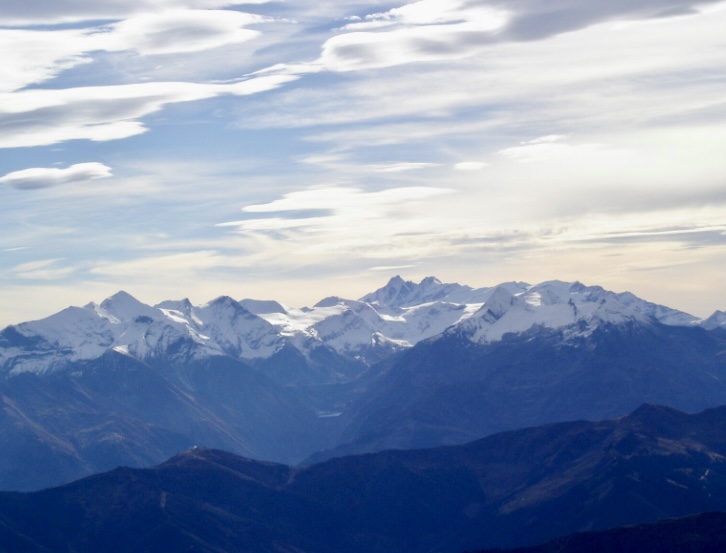
The Glockner group in the Austrian Alps. Photo: Wikipedia
A tricky route
Based on the available information, this is what happened between the morning of January 18 and the morning of January 19.
On January 18, the Austrian couple set out to climb Grossglockner via the southwestern ridge (also called Studlgrat). They planned to descend the normal route via Kleinglockner, and then return to their start point.
At 3,798m, Grossglockner is Austria’s highest mountain. The Studlgrat route is only for experienced climbers, and its difficulty is AD, III+. The six-kilometer route includes 1,000m of ascent with an especially technical final section.
The woman’s partner is an experienced climber.
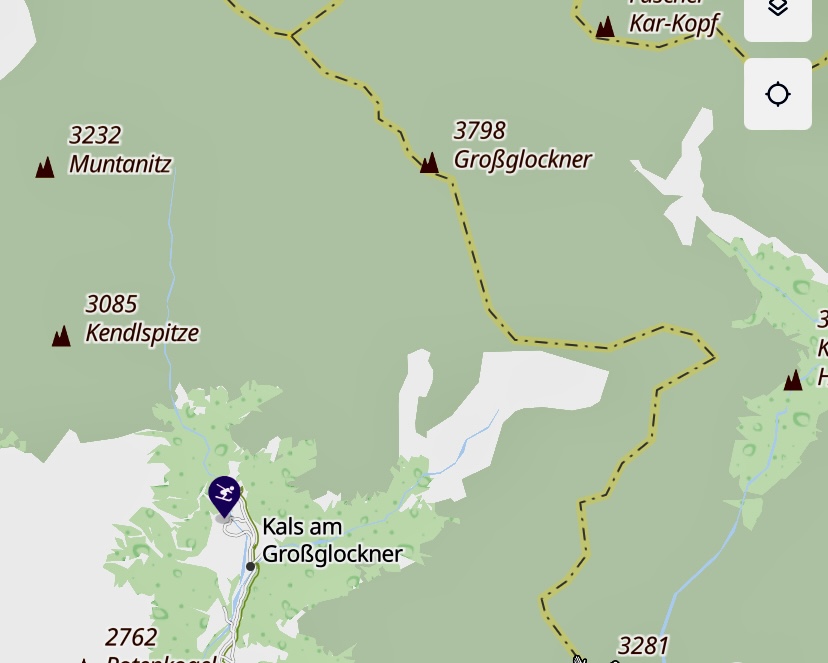
The couple parked in Kals. Photo: Michelin map
The Studlgrat is not the normal route to Grossglockner’s summit, but it is popular among skilled climbers. Guides usually do it with clients in two days. The route is used more frequently in summer, with few winter climbs because of its difficulty and weather conditions. Over the last week, some climbers reported aborting ascents in the Alps because of strong winds.
Early on January 18, conditions were good, but later the wind picked up, and temperatures dropped to freezing.
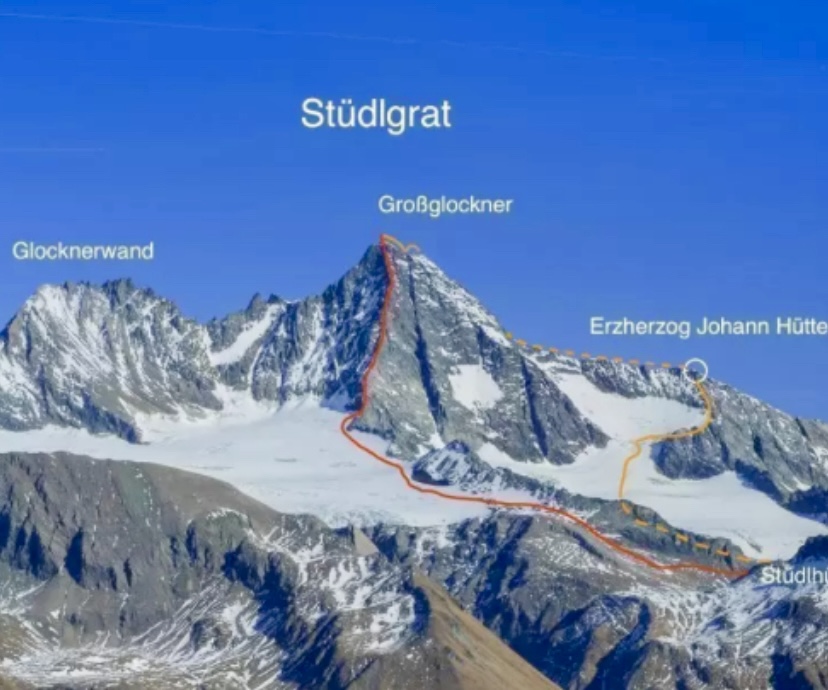
The Studlgrat route on Grossglockner. Photo: Paul Sodamin
Slow progress
At 6:45 am on January 18, the couple parked at Kals and started hiking.
The ascent via the southwest ridge usually takes between seven and eight hours. But the couple progressed slowly. This meant that they were still climbing the most difficult section of the ridge when night fell.
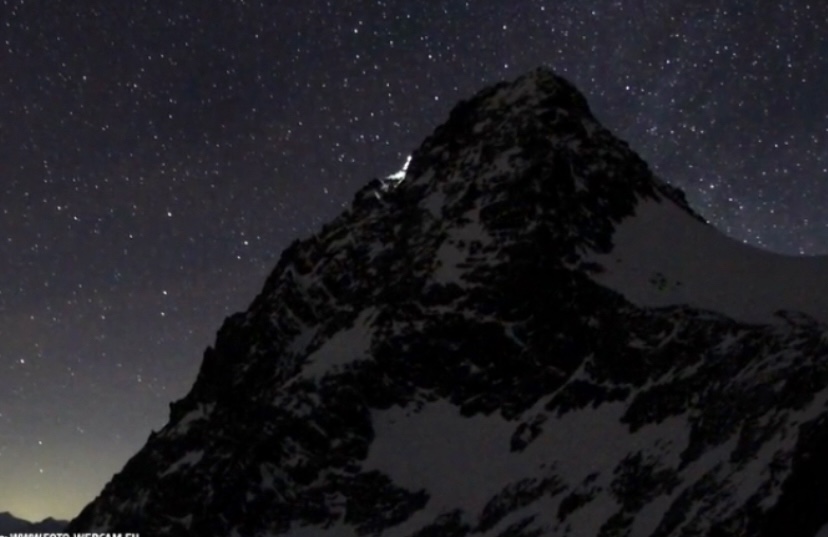
A webcam recorded the couple still ascending after dark. Photo: Kleine Zeitung
At about 8:15 pm, they were still ascending. Witnesses saw headlamps on the upper section of the mountain. Other mountaineers had already abandoned their climbs because of harsh winds. Worried for the climbers, witnesses called the Alpine Police.
The police then identified the two climbers by examining the car parked in Kals. The police called the couple’s phones, but calls went unanswered.
A helicopter approached the peak and spotted the climbers, but the pilot didn’t receive an emergency signal and flew away.
Two hours later, the helicopter returned. The helicopter crew focused a light on the couple but again received no signal that they were in trouble. The couple continued ascending. This was the last time that the helicopter could take off that day.
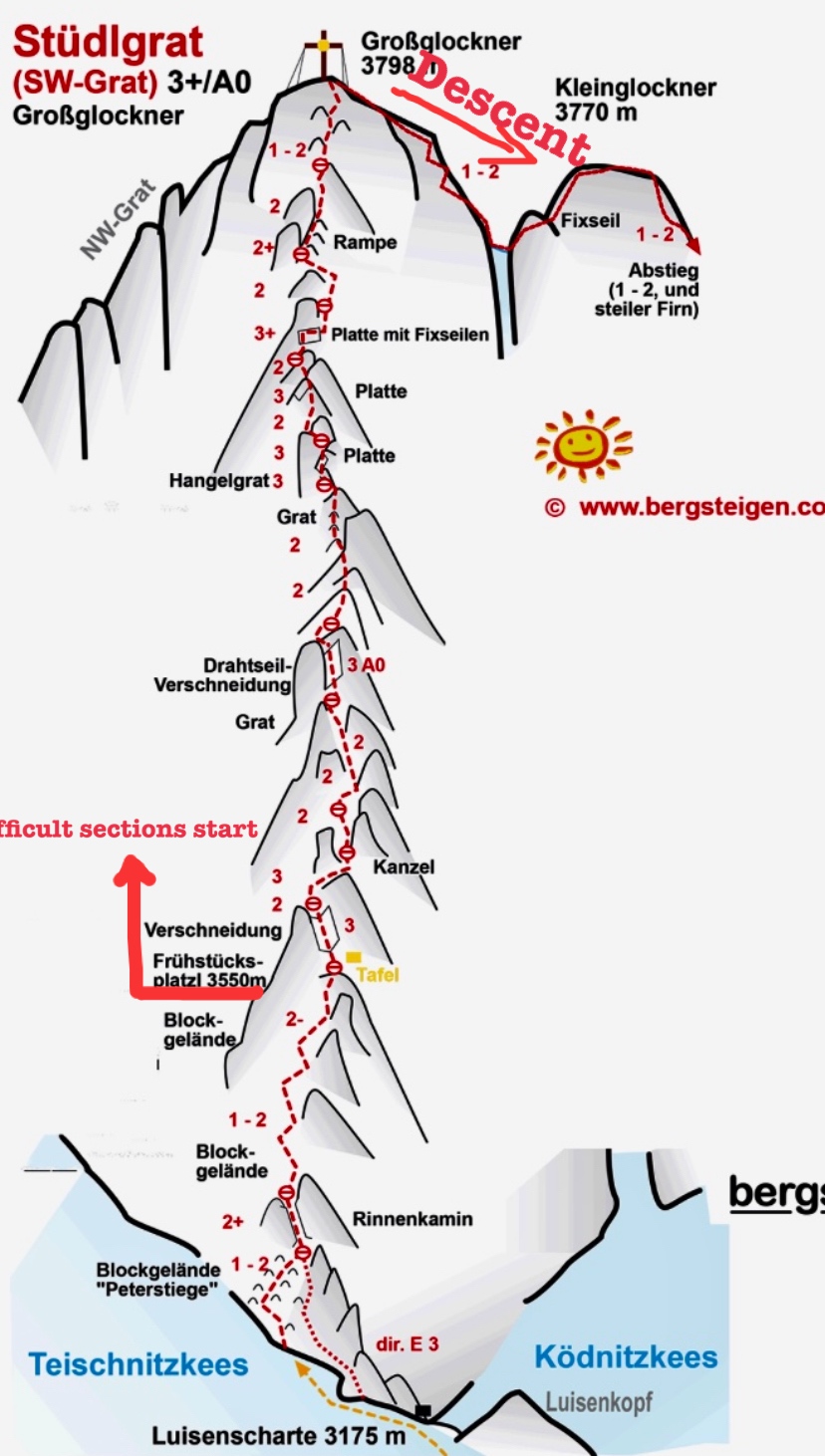
Topo of the Studlgrat route on Grossglockner. We marked the point from which the climb becomes more technical. Photo: Bergsteigen
Tragedy 50m below the summit
At midnight, the couple was still 50m below the summit. There, the exhausted woman could go no further. The man stayed at her side for a while, but soon after, she asked him to look for help. The couple didn’t make any emergency calls.
The man continued to the summit and immediately descended the normal route. At about 3:40 am on January 19, he reached the Adlersruhe hut at 3,451m and made an emergency call.
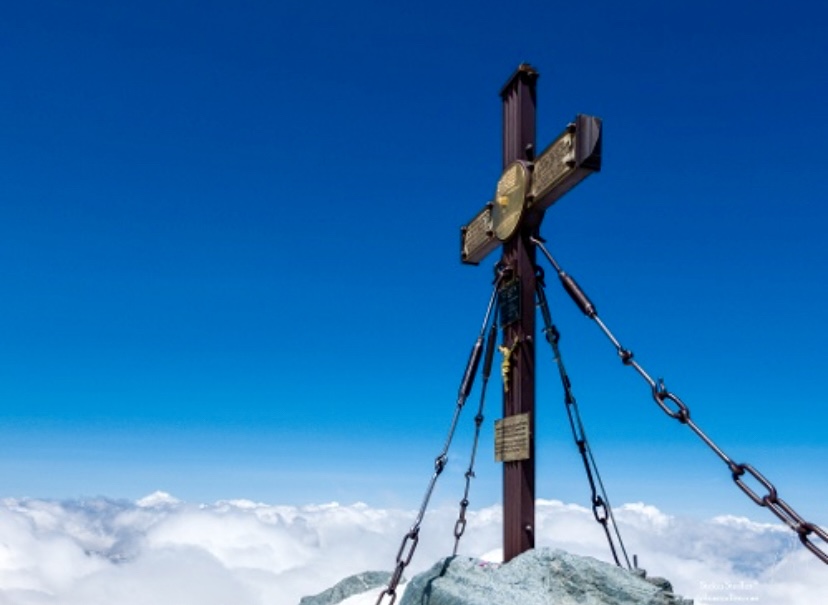
The summit of Grossglockner. Photo: Alpenvereinaktiv
According to the Austrian newspaper Kleinezeitung, rescuers set off immediately.
A helicopter could transport the six members of the rescue team only a quarter of the way up the route. From there, they had to continue on foot.
“It was freezing and a strong wind was blowing. It was -6°C but felt even colder,” one of the rescuers said.
At 10:10 am, rescuers (two alpine police officials and four alpine rescuers) reached the woman. She was already dead.
The rescuers then struggled to get the woman’s body to a lower spot on the mountain. The helicopter could land at 3,200m, meaning a 600m descent.
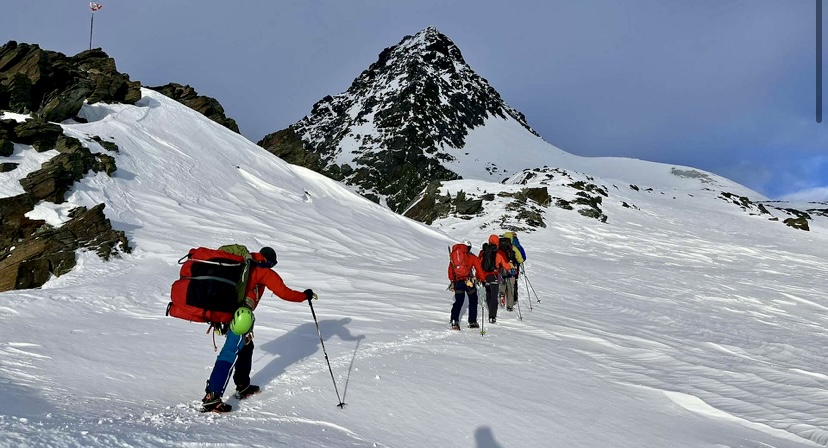
Rescuers on the way up. Photo: Kleine Zeitung
A local guide’s opinion
We have to take into account that both climbers were in an extremely difficult situation. At altitude, exhausted in bad weather, it would have been difficult to think clearly.
Mountain guide Peter Suntinger, who has climbed Grossglockner 200 times, gave his opinion to Kleinezeitung.
“If you’re not an absolute professional climber, you should only tackle the Studlgrat route in winter with a guide,” Suntinger said. “If the guide sees that you are not in perfect shape in terms of mountain climbing, experience, and conditioning, he would immediately advise against the climb.”
He also explained that a climber should abort an ascent if half the climb (including the most difficult section) will be in the middle of the night. It is important to realize when a risky situation could get worse.
Suntinger says that it was a miracle that the man survived, but the moment he left the woman alone, she was not going to make it.
“I only leave a person there if I’m sure that I, or a rescue team, will be back within one hour,” Suntinger said.
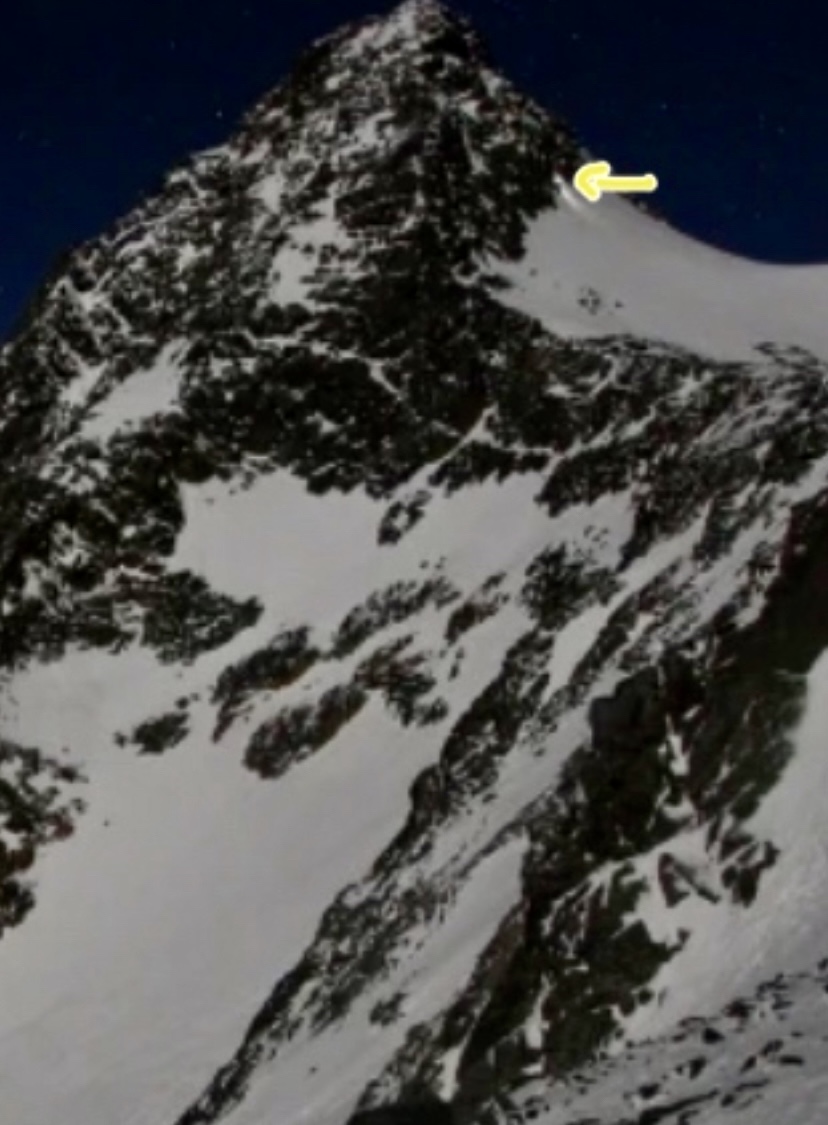
A webcam also recorded the man’s descent. An arrow shows the man’s headlamp.
Unanswered questions
So why did the couple continue ascending as they ran out of daylight on the upper section of the ridge? And why they did not answer their phones or make an emergency call from below the summit?
Normally, there is cell coverage on the summit of Grossglockner, but perhaps strong winds made it impossible to call that night. Perhaps the couple did not hear their phones or could not use them in the cold.
According to Austrian newspapers, the couple had a bivy sack and thermal blanket but did not use them.
Police and the local prosecutor’s office have started an investigation. This is normal for accidents such as this.
According to The Presse, the police consider that, as an experienced mountaineer, the man can be classified as the leader of their ill-fated expedition. This is why they are investigating his role in the tragedy.
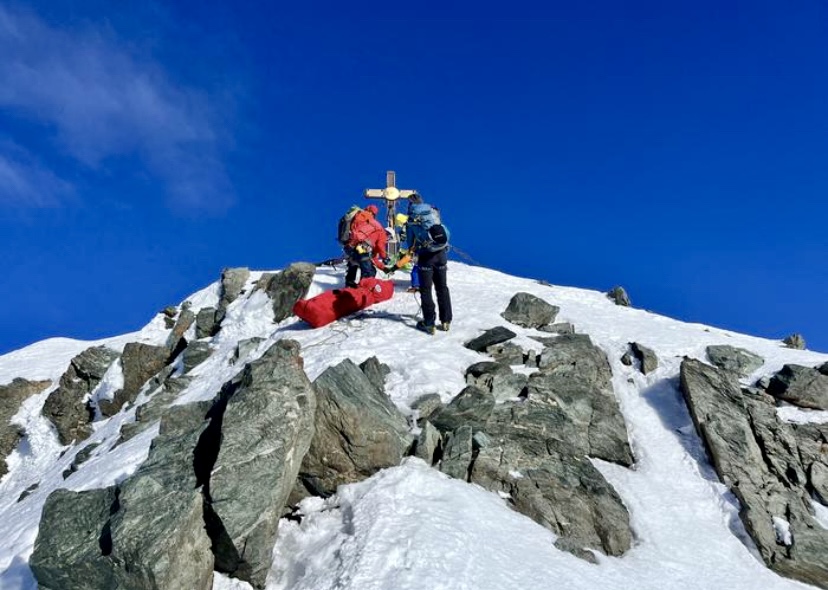
Rescuers recover the body of the woman on Grossglockner. Photo: Kleine Zeitung
